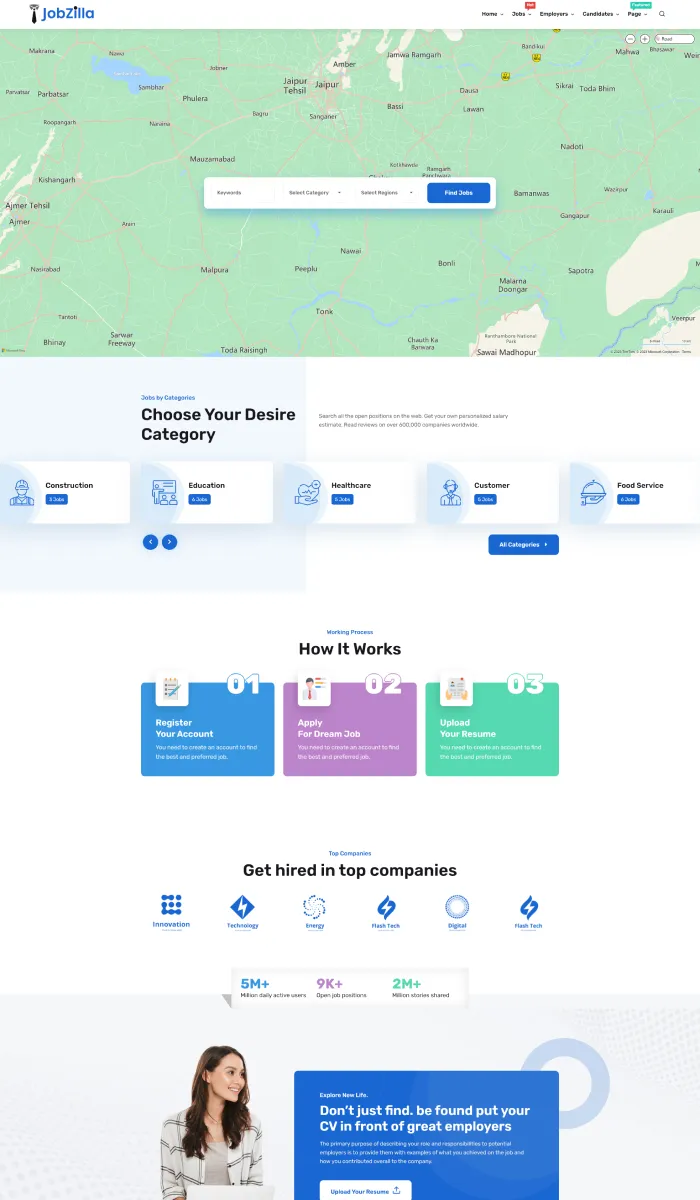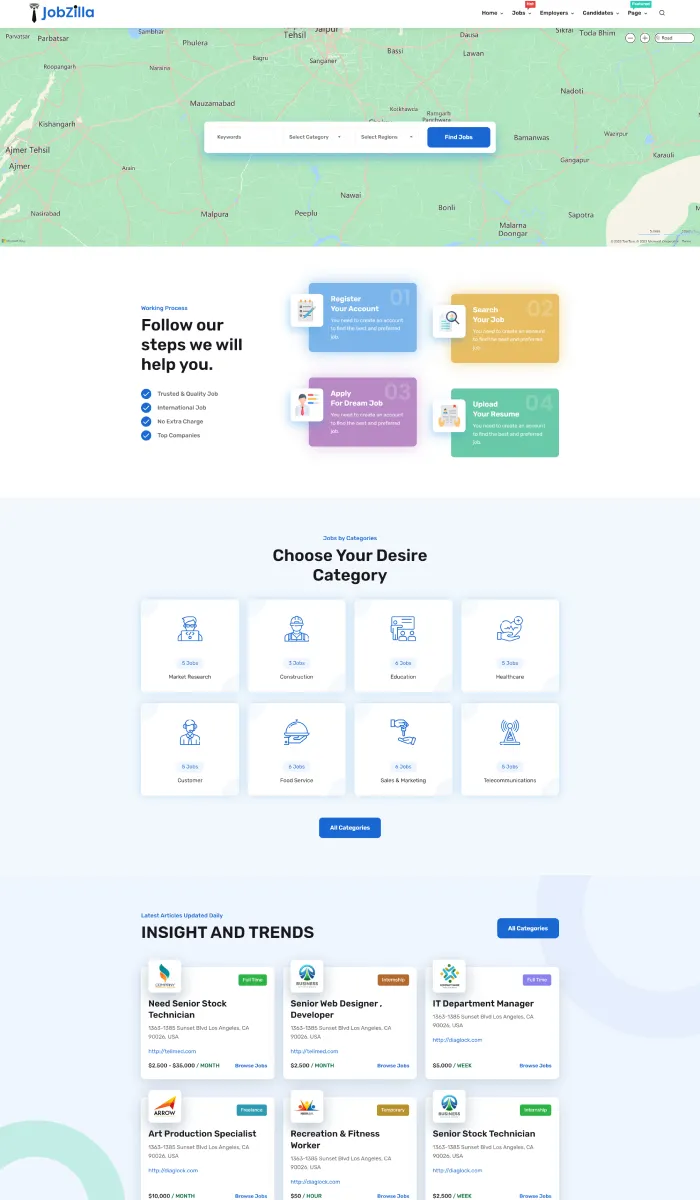How Stress and Fatigue Modulate Reaction Time and Safety
Building upon the foundational understanding of how reaction time directly impacts safety in traffic and gaming, it is essential to recognize the profound influence of human psychological and physiological states—specifically, stress and fatigue. These factors often operate silently, yet their effects on reaction performance can be decisive in critical moments. To grasp the full picture, we need to explore how stress and fatigue alter neural processes, thereby modifying reaction capabilities and safety outcomes. For a comprehensive overview, revisit the parent article How Reaction Time Affects Traffic Safety and Gaming.
1. The Science of Stress and Its Effect on Cognitive Function
Stress, whether acute or chronic, exerts a significant impact on the neural pathways responsible for rapid response and decision-making. When faced with stressors, the brain activates the hypothalamic-pituitary-adrenal (HPA) axis, releasing hormones such as cortisol and adrenaline. These hormones modulate neural activity, often initially heightening alertness but subsequently impairing cognitive flexibility and reaction speed if stress persists or becomes overwhelming.
a. Neural Pathways and Stress
Acute stress can temporarily sharpen reaction times by increasing alertness. However, chronic stress leads to neural fatigue, particularly in the prefrontal cortex, which governs executive functions like judgment and impulse control. This deterioration results in slower reactions, compromised decision-making, and an increased likelihood of errors, especially in high-stakes environments.
b. Hormonal Impact on Reaction and Decision-Making
Elevated cortisol levels have been linked to impaired working memory and slowed neural processing, which directly affects reaction time. Conversely, adrenaline surges can momentarily boost response speed but may also cause tunnel vision, reducing situational awareness. The balance of these hormonal effects varies among individuals, influencing how stress impacts reaction capabilities in different people.
c. Individual Variability and Implications
Research indicates significant variability in stress responses based on genetics, experience, and psychological resilience. For instance, experienced drivers or gamers may develop coping mechanisms that buffer stress effects, maintaining reaction speed, while others may experience pronounced deterioration under similar conditions. Recognizing these differences is vital for tailoring safety protocols and training programs.
2. Fatigue as a Hidden Threat to Reaction Speed
Fatigue, often underestimated, is a pervasive factor that silently erodes reaction performance. Its physiological roots lie in reduced neural processing capacity and slowed synaptic transmission, which impair the brain’s ability to process stimuli swiftly. Sleep deprivation, in particular, has been shown to decrease reaction time significantly, closely mimicking the effects of intoxication.
a. Physiological Mechanisms of Fatigue
Fatigue results from energy depletion in neural tissues, accumulation of metabolic byproducts, and decreased neurotransmitter efficiency. These changes lead to slower signal transmission across neural networks, reducing the speed at which stimuli are processed and responses initiated.
b. Sleep, Circadian Rhythms, and Reaction
Disruptions in sleep patterns or circadian misalignment—such as night shifts—compromise reaction time. Studies show that individuals working during biological night experience reaction delays comparable to alcohol intoxication levels, significantly elevating accident risks in driving and operational settings.
c. High-Stakes Scenarios and Fatigue Effects
In contexts like professional driving, e-sports, or healthcare, fatigue leads to increased near-misses and errors. For example, fatigued truck drivers are more prone to late reactions during sudden hazards, while e-sports athletes exhibit slower reflexes after extended gaming sessions, highlighting fatigue’s critical impact on performance and safety.
3. Interplay Between Stress, Fatigue, and Reaction Time
Stress and fatigue seldom operate in isolation; instead, they often synergize, amplifying their detrimental effects on reaction performance. Under stress, the body’s energy reserves are taxed, and combined with fatigue, this can lead to a rapid decline in response speed and accuracy.
a. Synergistic Deterioration
For instance, a fatigued driver caught in a sudden emergency may respond too slowly or incorrectly due to heightened stress levels and depleted neural resources. Similarly, gamers competing under sleep deprivation may experience delayed reactions compounded by stress-induced cognitive overload, impairing their ability to adapt swiftly.
b. Real-World Examples
| Scenario | Impact on Reaction |
|---|---|
| Emergency Driving After Fatigue | Delayed braking, poor hazard detection |
| Competitive Gaming Under Sleep Loss | Slower reflexes, misjudged timing |
| Shift Workers in Critical Roles | Increased errors, near-misses |
c. Psychological Factors
Chronic stress can lead to burnout, further impairing reaction speed due to mental exhaustion. Recognizing the complex interaction between psychological states and physical fatigue is essential for designing effective safety interventions.
4. Non-Obvious Consequences of Impaired Reaction Due to Stress and Fatigue
Beyond immediate safety risks, stress and fatigue exacerbate tendencies toward risky behaviors, such as reckless driving or overconfidence in gaming. These behaviors can escalate the severity of accidents and errors, leading to long-term safety and health consequences.
“Chronic stress and fatigue not only impair reaction time but also diminish judgment, increasing the likelihood of dangerous decisions in critical moments.”
a. Risk-taking and Misjudgment
Under stress or fatigue, individuals tend to underestimate risks or overestimate their response capabilities, leading to impulsive actions that can result in severe accidents or game errors.
b. Long-Term Health and Safety Implications
Persistent stress and fatigue are linked to cardiovascular disease, immune suppression, and mental health issues, which indirectly affect reaction times by impairing overall physical and cognitive functioning.
c. Errors, Near-Misses, and Severity
Data from traffic safety studies reveal that fatigue-related driver errors account for a significant portion of accidents, with reaction delays being a primary factor in near-misses and crash severity.
5. Strategies to Mitigate Stress and Fatigue for Better Reaction and Safety
To safeguard reaction performance, it is crucial to implement targeted strategies addressing both stress and fatigue. These include behavioral techniques, environmental modifications, and technological solutions.
a. Stress Management Techniques
- Mindfulness training: Enhances awareness and emotional regulation, reducing cortisol levels.
- Breathing exercises: Quickly lowers physiological arousal during stressful moments.
- Resilience training: Builds psychological toughness to handle high-pressure situations better.
b. Fatigue Prevention Measures
- Proper sleep hygiene: Regular sleep schedules and avoiding screens before bed improve rest quality.
- Work-rest cycles: Structured breaks in shift work restore alertness and reaction capacity.
- Ergonomic interventions: Optimized seating and lighting reduce physical stress and fatigue buildup.
c. Technological Aids
- Alertness monitoring systems: Wearables or vehicle-based sensors detect signs of fatigue or stress, alerting users to rest.
- Adaptive safety features: Automated braking or response systems compensate for delayed human reactions under stress or fatigue.
6. Implications for Policy and Education
Understanding the nuanced effects of stress and fatigue on reaction time demands a shift in policy and educational initiatives to promote safer behaviors. This involves designing training programs that teach individuals to recognize their stress and fatigue levels and implement mitigation strategies.
a. Training Programs
Programs for drivers, gamers, and shift workers should include modules on stress awareness, fatigue signs, and coping mechanisms, fostering self-regulation and proactive safety measures.
b. Policy Recommendations
Regulations on work hours, mandatory rest periods, and stress reduction initiatives can significantly reduce fatigue-related reaction impairments. For example, enforcing maximum driving hours and mandated breaks can decrease accident rates.
c. Raising Awareness
Public campaigns should highlight how stress and fatigue, often unseen, critically influence reaction times and safety, encouraging individuals to prioritize recovery and mental health.
7. Returning to the Parent Theme: Reinforcing the Link Between Reaction Time, Safety, and Human Factors
A comprehensive understanding of reaction time’s role in safety is incomplete without considering the human factors of stress and fatigue. These elements significantly modify reaction capabilities, underscoring the importance of adopting holistic approaches that integrate psychological insights with reaction science.
“Enhancing reaction time alone is insufficient; addressing underlying stress and fatigue is essential for genuine safety improvements.”
By combining scientific insights into reaction dynamics with human psychological factors, stakeholders in traffic safety and gaming can develop more effective strategies—ranging from training and technology to policy and education—that reduce errors, prevent accidents, and promote long-term well-being. Recognizing and mitigating the hidden influences of stress and fatigue are thus vital steps toward safer roads and more enjoyable, fair gaming experiences.

























